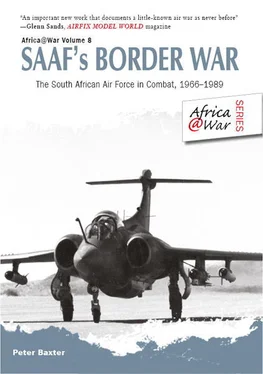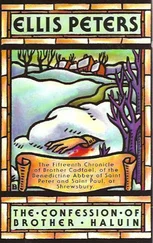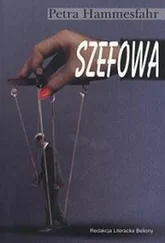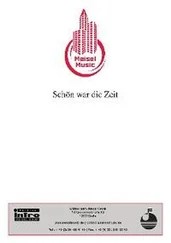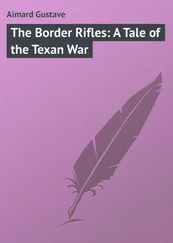dominee – padre (Afrikaans)
DR – dead reckoning, when navigating without electronic aids
DZ – drop zone
EATS – Empire Air Training Scheme
ECM/ECCM – electronic counter-measures/electronic-counter-countermeasures, part of EW ( see EW)
ERU – explosive release unit, the device which ensures clean separation of bombs from the carrying aircraft
EW – electronic warfare; covers all aspects of warfare involving use of the electro-magnetic spectrum
FAC – Forward Air Controller
FAPA – Força Aérea Popular de Angola , People’s Air Force of Angola
FAPLA – Forças Armadas Populares de Libertação de Angola , People’s Armed Forces for the Liberation of Angola, the MPLA’s military wing, or army
FFAR – forward-firing air rockets
Fire Force – an airborne offensive force comprising combinations of gunships, offensive firepower, troopers, command and control, Bosboks, recce or Telstar, Pumas, insertion of stopper groups and troops—usually highly trained Parabats
Flossie – C-130 Hercules used as the air link between South Africa and South West Africa during the border war (slang)
FLOT – forward line of own troops, a very necessary requirement during close air support operations, to ensure safety of own forces
FNLA – Frente Nacional para a Libertação de Angola , National Front for the Liberation of Angola
FRELIMO – Frente de Libertação de Moçambique , Liberation Front of Mozambique
FTS – Flying Training School
G – gravity. Under normal circumstances everything on earth is affected by the pull of gravity, called 1G. In tight turns or loops, centrifugal force effectively increases the pull of gravity. A G meter in the cockpit registers this increase. Readings of –2 to +7G are the usual range experienced during a typical fighter sortie. At =7G, the body’s blood effectively becomes seven times heavier than normal and hastens the onset of blackout as blood drains towards the pilot’s feet. At –G readings blood is forced to the head, sometimes resulting in ‘red-out’ when the capillary blood vessels in the eyes burst from the increased pressure
Gatup – a high-G manoeuvre developed by 1 Squadron pilots which affords maximum safety for an aircraft in a hostile environment. A 4G pull-up is followed by a 120–130º banked turn as the pilot pulls the sight onto the target. Immediately thereafter, he fires a laser shot to accurately measure range to the target. The pilot then pulls the nose skyward. The laser input allows the computer to predict an automatic release of the bombs during the pull-up. After bomb release, the pilot reapplies G, overbanks and pulls the aircraft’s nose down toward the ground. The escape from the target area is flown at low level. When this manoeuvre is performed at night it is termed Nagup
GCA – ground-controlled approach, radar talk-down used to guide pilots to a safe landing in bad weather or at night
GCI – ground-controlled interception
GOC SWA – General Officer Commanding South West Africa
GP – general purpose
Grad-P – single-shot 122mm Soviet rocket launcher, mounted on a tripod and able to fire a 46kg rocket with an 18.3kg warhead a maximum distance of 11,000m. Much used by SWAPO for their stand-off bombardments
G-suit – the inflatable garment zipped around abdomen and legs that inhibits blood flow to the pilot’s feet as aircraft G-loading is increased
guns free – the state prevailing when all guns are allowed to fire at designated targets as and when they are ready; only ordered when no own forces’ aircraft are in the area
guns tight – the order given to cease own forces’ artillery firing when own forces’ aircraft are operating over a battlefield
HAA – helicopter administration area, see HAG
HAG – helikopter administrasie gebied , Afrikaans for helicopter administration area (HAA); a designated area planned and secured by ground forces from where helicopters operated to expedite operations. Very often it was co-located with a forward headquarters where immediate tactical plans were coordinated. Fuel in drums or bladders was available to refuel the helicopters, with extra gunship ammunition available. The HAG could be stationary for two or three days depending on the area but longer than that was considered dangerous as SWAPO could be expected to locate the HAG in that time. On the border the Afrikaans HAG was always used, as the sound came more easily to the tongue.
HC – Honoris Crux, the highest decoration for military valour that could be awarded to members of the SADF/SAAF. There were three classes, namely HC Bronze, HC Silver and HC Gold
HE – high explosive
HF – high frequency (radio)
hopper – a high-frequency radio that has the facility for hopping from one frequency to another during broadcast, thus improving the security of messages and signals
HQ – headquarters
HUD – head-up display, the sighting system mounted in the front windscreen of a cockpit. Information displayed relieves the pilot of having to look inside the cockpit during critical manoeuvres
IAS – indicated air speed
IFR–in-flight refuelling/instrument flight rules, when flying in bad weather or at night
IMC – instrument meteorological conditions, used when it is mandatory to fly with sole reference to aircraft instrumentation
Impala – a single-engine, light jet ground-attack aircraft used very successfully throughout the bush war, by day and by night, and armed with 68mm rockets, bombs and 30mm cannon
interdiction – offensive mission flown with the aim of disrupting the enemy’s logistical lines of communication
IP – initial point, a well-defined navigational position from where navigation or attack profiles can be commenced with accuracy
IRT – instrument rating test, an annual requirement for all pilots
JARIC – Joint Air Reconnaissance Intelligence Centre
JATS – Joint Air Training Scheme
JPT – jet pipe temperature
KIAS – knots indicated air speed
kill – during simulated ACM, missile launch or gun firing is expressed as a ‘kill’
kts- knots
Kudu – a single-piston-engine, high-wing battlefield communication aircraft with capacity for six passengers (provided the temperature was not too high) or a limited quantity of freight
LABS – low-altitude bombing system. The system was originally designed to ‘throw’ tactical nuclear weapons in a toss-type manoeuvre. The launch aircraft pulls up from low level at high speeds and releases the bomb as the nose passes 45º above the horizon. The aircraft continues in a looping manoeuvre to escape the detonation, while the bomb flies nearly five miles before exploding. Never a very accurate method of delivery but sufficient for a nuclear blast
LIP – low intercept profile (later changed to UNCIP, see UNCIP)
Читать дальше
